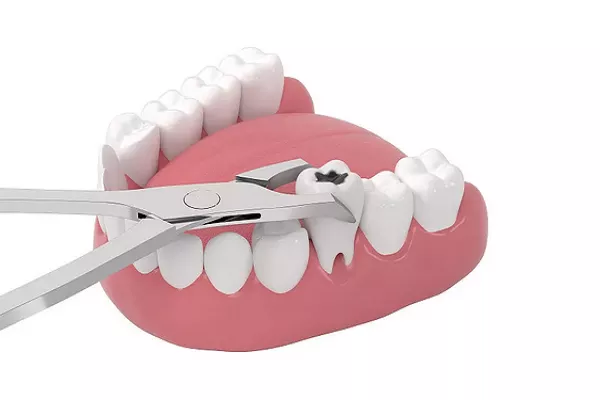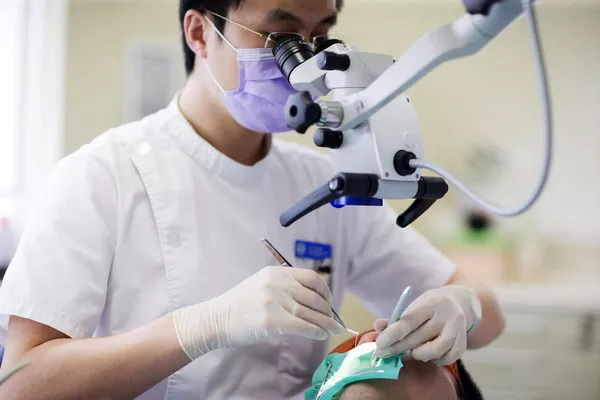Dental implants have revolutionized modern dentistry, offering a reliable and long-lasting solution for replacing missing teeth. Understanding what a dental implant involves can help individuals considering this treatment approach to make informed decisions about their oral health. In this comprehensive guide, we’ll delve into the step-by-step process of getting a dental implant, from initial consultation to final restoration.
1. Initial Consultation and Evaluation
The journey towards a dental implant begins with an initial consultation with a dentist or oral surgeon. During this appointment, the healthcare provider evaluates the patient’s oral health, discusses their treatment goals and expectations, and determines whether they are a suitable candidate for dental implant surgery. This may involve taking X-rays, impressions, and other diagnostic tests to assess bone density and identify any underlying oral health issues.
2. Treatment Planning
Once a patient has been deemed a candidate for dental implants, a comprehensive treatment plan is developed based on their individual needs and circumstances. This plan outlines the number of implants needed, the type of implant to be used, and any additional procedures that may be required, such as bone grafting or sinus augmentation. The treatment plan is carefully tailored to ensure optimal outcomes and patient satisfaction.
3. Implant Placement Surgery
The next step in the dental implant process is the surgical placement of the implant fixture into the jawbone. This procedure is typically performed under local anesthesia to ensure patient comfort. The dentist or oral surgeon makes an incision in the gum tissue to expose the underlying jawbone, then drills a small hole into the bone where the implant will be placed. The implant fixture, usually made of titanium, is then securely anchored into the bone, providing a stable foundation for the replacement tooth or teeth.
4. Healing and Osseointegration
After the implant fixture has been placed, a process called osseointegration occurs, during which the implant fuses with the surrounding bone tissue. This integration process typically takes several months, during which time the patient’s jawbone heals and grows around the implant, anchoring it firmly in place. While osseointegration is taking place, patients may be fitted with temporary restorations to maintain aesthetics and function.
5. Abutment Placement
Once osseointegration is complete and the implant has become fully integrated with the jawbone, a small connector called an abutment is attached to the implant fixture. The abutment serves as a base for the final restoration, providing support and stability for the replacement tooth or teeth. The abutment is carefully placed and secured onto the implant, ensuring a snug fit and proper alignment.
6. Final Restoration
The final step in the dental implant process is the placement of the permanent restoration, which may be a crown, bridge, or denture, depending on the patient’s individual needs. The restoration is custom-designed to match the shape, size, and color of the surrounding natural teeth, ensuring a seamless and natural-looking result. Once the restoration is in place, the patient can enjoy restored function, aesthetics, and confidence in their smile.
Conclusion
In conclusion, getting a dental implant involves a multi-step process that begins with an initial consultation and evaluation, followed by treatment planning, implant placement surgery, healing and osseointegration, abutment placement, and final restoration. This comprehensive approach ensures that patients receive personalized care and optimal outcomes that meet their unique needs and expectations. With advancements in technology and techniques, dental implants continue to offer a reliable and effective solution for replacing missing teeth, restoring function, aesthetics, and confidence in one’s smile.
Can you drive after dental implant surgery?
How long does it take to recover after wisdom teeth extraction?
Can You Drive After Dental Implant
































